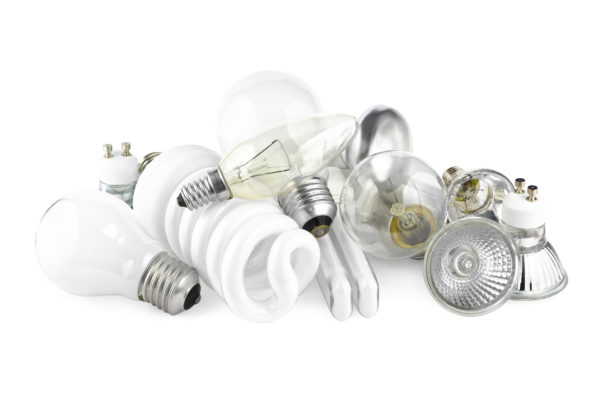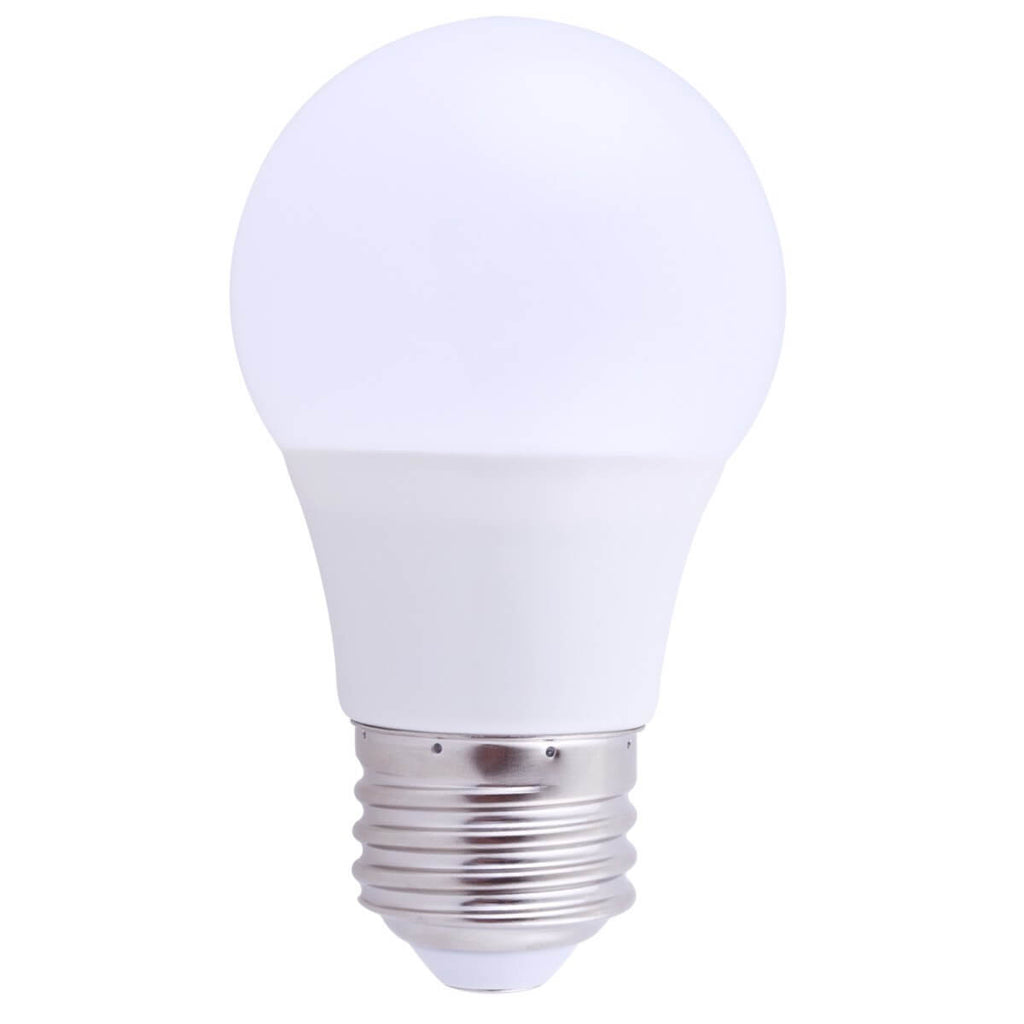

However the current draw decreases as voltage drops, and the discharge will slow down gradually. 3 of them will be drawing a total current of 5A with 3 bulbs in parallel, on paper it can drain a 2000mAh 3S battery completely in 24 minutes. The bulbs are rated at 20W, so at 12V, each will be drawing 1.67A of current.

But it should be fine for a short period of time, most of the times you are discharging half empty batteries anyway. The max voltage of 6S is 25.2V which is higher than 24V. There will be an option for 12V/24V discharging mode: I am using 6 light bulbs in this discharger with an on-off toggle switch too.
Halogen bulb disposal update#
Update (Jan 2018): I have been using this discharger for over 2 years now, it’s still going strong and very reliable for me :) I have discharged over 15 batteries of various sizes and cell counts with it and I have not changed a single light bulb.
Halogen bulb disposal how to#
It can discharge a 2000mAh 3S LiPo battery in less an hour.įurther Reading: What are LiPo batteries and how to handle them properly? Just plug in your battery and just leave it in a fire-safe place, when the discharge is complete the light will go out. So I built this light bulb discharger as a better way to discharge my damaged or old LiPo batteries. Not only it can take a long time to discharge your battery, salt water can sometimes corrode metal contacts and stop the discharging completely leaving plenty of charge left in the pack. Have a sorting question that isn’t featured on our look-it-up tool, flyers, or videos? Ask us on Twitter or Facebook and use the hashtag #WhereDoesItGo.As discussed in the article, how to dispose LiPo batteries, using salt water to discharge LiPo batteries is not a very efficient and effective method.

Just pull up the look-up tool whenever you find yourself needing to dispose of something. Whew! Don’t worry, you don’t have to memorize all of this. Find a secure drop-box location near you and learn more about King County Secure Medicine Return program by watching this video, or visiting their website. You can safely dispose of medicines in convenient drop-boxes. Please don’t dispose of leftover medicines in the garbage or flush them down the toilet.Incandescent bulbs and LED bulbs go into the garbage.Other glass items have different melting points and must be recycled with special processes.) (Only glass bottles and jars can be recycled in your curbside cart or at the transfer stations. They cannot be recycled in your curbside recycling bin. Halogen and Xenon light bulbs go in the garbage.You can also take up to 10 bulbs per trip to a Household Hazardous Waste location. Take care and do not break fluorescent light bulbs. Find light bulb collection sites via LightRecycle or Take It Back Network. All fluorescent lights, such as tubes and compact fluorescent bulbs (CFL), contain mercury and are banned from Seattle’s garbage.Vehicle/Lead-Acid Batteries can be recycled either at the automotive store where you purchased your new battery, or at a Seattle Transfer Station. Car and other vehicle batteries are illegal in the garbage. Remove the battery from the item if possible.) (These batteries are found in cordless power tools, cellular and cordless phones, laptop computers, digital cameras, toothbrushes, and remote control toys.

Rechargeable and lithium-ion batteries are accepted at H ousehold Hazardous Waste locations and at Call2Recyle drop-off locations.


 0 kommentar(er)
0 kommentar(er)
